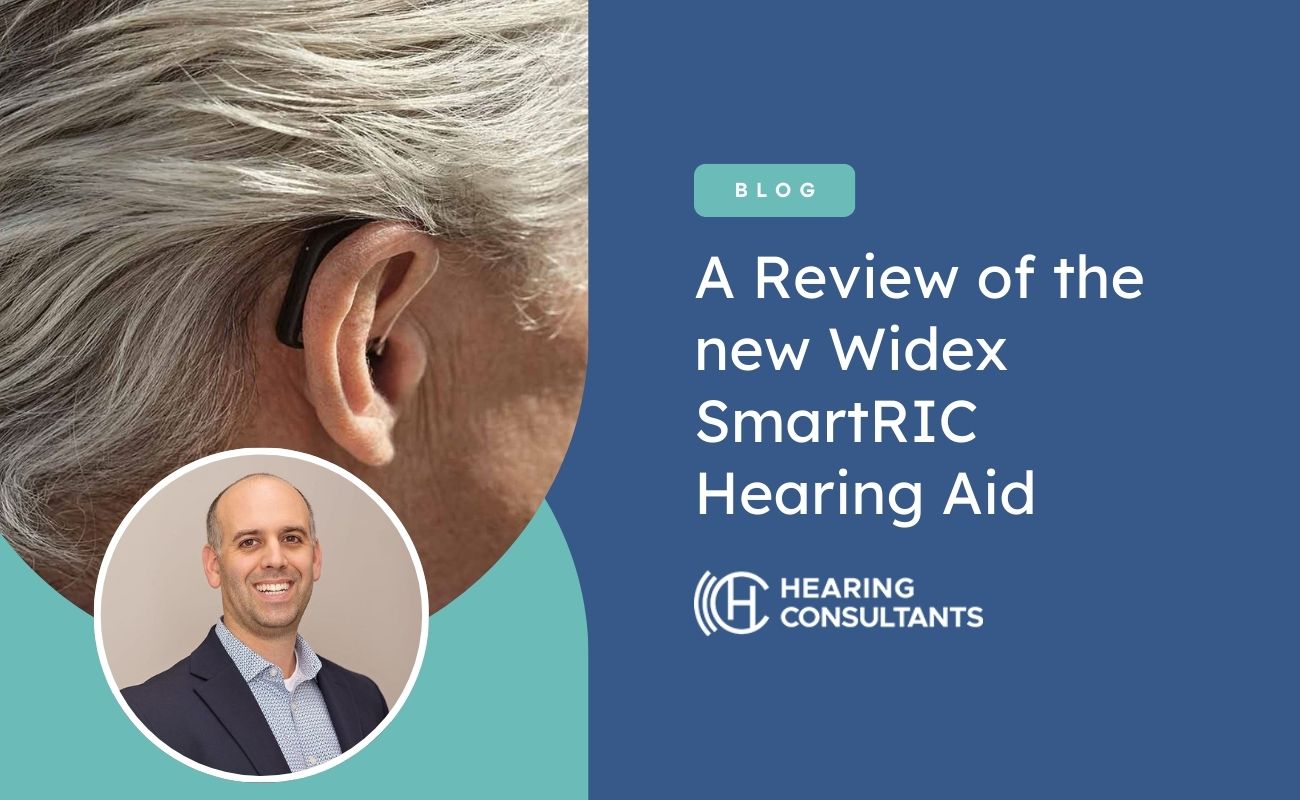Going Digital with Your Hearing Aids
Do you remember your old cassette players? How about vinyl records? These recording devices used an analog process to express sonic information. By imprinting tape or wax with a continuous representation of sound, this device became a carrier for a sonic imprint that was transformed into an electrical signal. Once the electrical signal entered your home audio device, it was further transformed into the variations in air pressure that we recognize as sound. What a remarkable process!
However, since the advent of the CD, we have been living in the digital audio world built around strings of 1s and 0s. This manner of representing sonic information has much to offer us in terms of precision and compatibility with computer applications.
Hearing aids have advanced remarkably in the past decade, and many of these improvements can be credited to digital audio technology. Not only do the latest aids make it possible to work with sound in a highly precise and individualized manner, but they also create the context for other digital features and services.
Before digging into the benefits of digital hearing aids, let’s begin by exploring the comparison with analog technology. The new possibilities might surprise you, and there are many ways to understand how our sonic environment is shifting with the introduction of digital sound.
Analog vs. Digital Hearing Aids
What is the difference between analog and digital hearing devices? The difference is much like that between the music recording and reproduction technologies mentioned above. Analog hearing aids use tiny microphones to capture differences in air pressure according to sound. That pressure is converted into an electrical impulse that is then amplified and projected at a louder level through the speaker in the devices. At no point does this process require transformation of audio into a binary code of 1s and 0s, but digital hearing aids do just that.
With digital hearing aids, after using a microphone to identify those pressure differences we call sound, that signal is converted not only to an electrical impulse but into a code. That code includes fine-grained details about the features of the sound. Just like the vast information included in other digital applications, this process makes it possible to analyze digital sound by complex algorithms. Let’s take a look at some of the types of analysis that digital hearing aids can provide that analog ones cannot.
Digital Audio Analysis
When your digital hearing aids convert sound into binary code, they can transmit that information through wireless technology to an application on your smartphone or computer. Once housed there, your app can analyze many components of the sound captured by your hearing aids.
Benefits of Digital Hearing Aids
One of the best offerings of digital audio is the presence or absence of background noise. When there is a consistent hum, whir, or buzz in the background, this analysis can identify the “noisy” parts and separate them from the variable parts, such as speech. Analog hearing aids simply raise the volume of the entire sonic context, meaning they raise the volume of background noise alongside speaking voices. Digital hearing aids make it possible to keep the background noise at a lower level while raising the volume of voices.
Digital audio is also able to isolate the proximity of voices. This ability makes it possible to raise the volume on the voice of a person talking to you close by while keeping the other voices of people in the room at a lower level. These remarkable offerings of digital hearing aids make them better able to serve the functions of communication that make them most valuable to you.
In addition to these functions, digital hearing aids can use wireless technology such as Bluetooth to connect to a wide range of other services, apps, and streaming audio. Not only can you use this digital technology to send phone ringers and notifications directly to your ears, but you can also listen to music, podcasts, audiobooks, and television directly through your aids. By seamlessly transitioning from listening to a television program to picking up a phone call and then walking outside and hearing the birds, you can integrate many aspects of your life into a single set of tiny devices: digital hearing aids.
Looking for an Upgrade?
If you are interested in learning more about digital hearing aids or think you might benefit from an upgrade to the latest technology, we’re here to help! Contact us today to learn more and to schedule a consultation.
Get in touch with
Hearing Consultants
Contact our clinic to schedule an appointment today!







